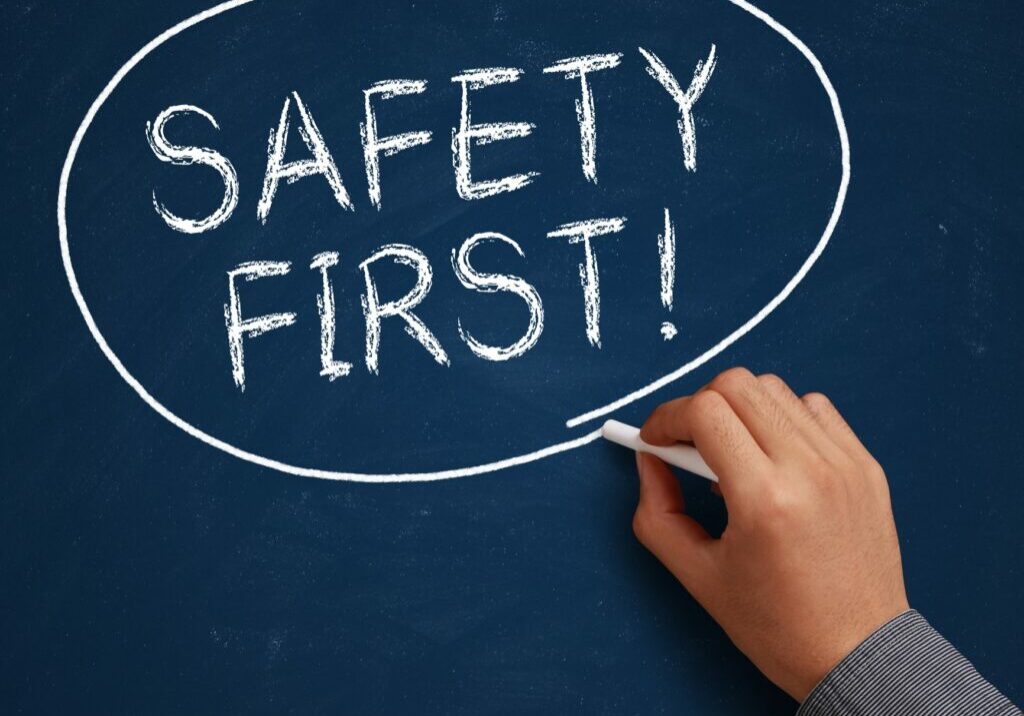Published in the October 2014 NJEA Review
by Frances Gilmore
Do you suspect the presence of mold in your workplace? Have you come across exposed wiring or other hazards? Carefully documenting such concerns can lead to an effective response.
Meticulous documentation and reporting of health and safety hazards and incidents is essential to success with health and safety problems.
In 2012 the Health and Safety Committee (HSC) of the Pine Hill Education Association carefully documented an array of specific problems and desired solutions. They won a groundbreaking resolution: “All projects in the district that could affect the health and safety of employees or students must be shown to the Health and Safety Committee before beginning, and contractors and subcontractors must be identified.” The latter provision allowed NJEA staff to vet the contractors. The superintendent signed off on the resolution, and has been cooperative in getting problems fixed.
In the same year, the Lindenwold Education Association—after carefully collecting records of years of unaddressed or insufficiently addressed requests for repair—won a massive repair of building leaks from the roof and plumbing as well as from underground water sources.
In 2009, the Pinelands Education Association brought careful documentation associating member symptoms with an improperly vented sewage digester. They won restoration of more than 16 sick days to three staff members, and employees were referred to an occupational physician at the occupational health clinic at UMDNJ in Piscataway.
The same strategy can work in your local association when you have symptoms that seem to be associated with your work area; you observe mold, exposed wiring, or other hazards; or there is an accident or incident such as a flood, spill, fire, explosion or violence.
When you discover such a problem, you should document the condition or event and discuss it with your local association president and your UniServ field representative. The local association in turn can be most effective if it has an HSC to document symptoms, hazards and events, discover historic problems, formulate proposed solutions and bring them to administration.
Health and safety committees can help
Value of a Health and Safety Committee
- Win better conditions, resulting in happier staff, better staff retention, better teacher/student performance, and fewer sick days.
- Wins trust and credibility with members.
- Develops leaders. When individuals work together, speak up and take successful action, they learn to enjoy leading.
- Prevents retaliation against individual members.
Steps for health and safety committees
While good documentation is the key to success, the HSC can work to ensure an orderly process and informed members. It can carefully document problems and serve as an efficient channel between members and administration. The HSC can play a key role instigating quick responses to health and safety problems and incidents following these steps:
- Determine who in administration is responsible for overseeing all aspects of health and safety.
- Develop procedures and forms to document symptoms, hazards, incidents and accidents. Use symptom surveys, walk-throughs with photos, and Open Public Records Act (OPRA) requests. All documentation should include date, time, location and descriptive facts, as well as recommendations of employees and possibly of consultants. For accidents and incidents, documentation should also include identity, job title and job task of any victims; description of any physical injuries; number of employees in the area and their actions in response to the incident or accident; actions taken by the facility or first responders; and any follow up. Note that violence reporting is required by law in New Jersey. See “Resources to aid documentation” below.
- Make sure the NJOSH 300 and NJOSH 301 logs are filled out appropriately.
- Develop a written plan and educate members on forms, procedures, where to get the forms and the importance of documentation.
- When appropriate, assess past health and safety problems, past requests for fixes and administration responses. You can consult injury/illness reports and past repair and OPRA requests.
- Formulate demands and time frames for follow up.
- Deliver reports with demands to your UniServ field representative, local president and appropriate district personnel.
- Follow up with members and administration as to the response and its effectiveness.
-
Periodically review and revise the process.
-
Report your review back to members with any timely information.
-
Determine where to keep documentation for the union.
Your contract can help
The collective bargaining agreement can provide a framework for an HSC with negotiated provisions for:
- Regular, scheduled meetings on work time.
- Work time to investigate the initial problem and follow up.
- Clarifying administration responsibilities to respond in a timely matter to health and safety problems.
- Non-retaliation against members.
- HSC prior review of all repair and construction plans and contractors.
Resources to aid documentation
To understand which state and federal agencies have responsibility for which hazards, visit the website, www.state.nj.us/health/healthyschools, which links to state and federal agencies and advocacy groups. It provides a wealth of online resources for parents, students, staff, architects, contractors and anyone concerned with school health and safety.
The NJEA Health and Safety Manual contains the following forms, among others, that can be used as templates for local associations to develop their own documents:
NJEA Sample Survey Forms
- Health and Safety Complaint
- Work-Related Health Problems Report
- Indoor Air Quality Occupant Survey
NJEA School Health and Safety Checklists
- Comprehensive Walk-Through
- Mold Walk-Through
- Indoor Air Quality (IAQ) Walk-Through
- Construction and Renovation
The manual also has sample request letters for NJOSH 300 Log of Injuries and Illnesses, NJOSH 301 Incident Reports, Public Employees Occupational Safety and Health (PEOSH) inspection records and the school’s Right to Know Survey.
